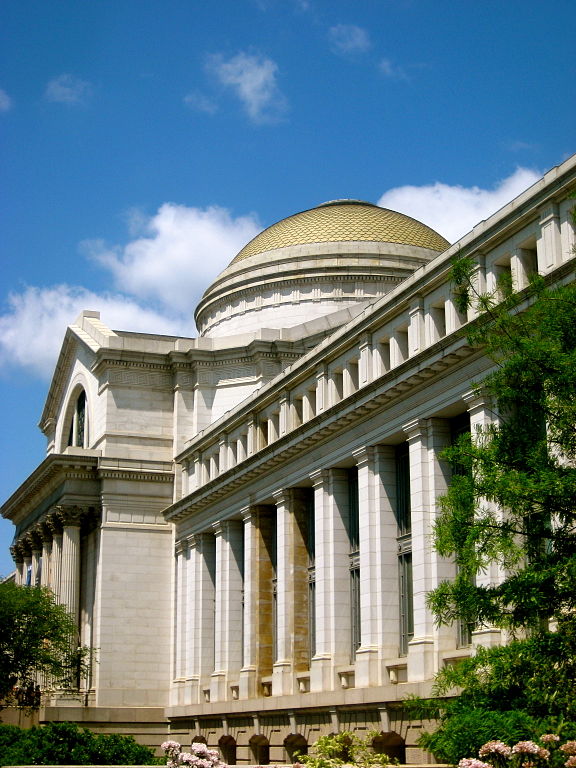Revealing the Smithsonian's 'Racial Brain' Collection
By Nicole Dungca and Claire Healy,
The Washington Post
| 08. 14. 2023
"Smithsonian Museum of Natural History" by melizabethi123 (CC BY-SA 3.0)
On the day Mary Sara died of tuberculosis in a Seattle sanitarium, the doctor caring for the 18-year-old offered her brain to one of the most revered museums in the world. The young woman — whose family was Sami, or indigenous to areas that include northern Scandinavia — had traveled with her mother by ship from her Alaska hometown at the invitation of physician Charles Firestone, who had offered to treat the older woman for cataracts. Now, Firestone sought to take advantage of Sara’s death for a “racial brain collection” at the Smithsonian Institution. He contacted a museum official in May 1933 by telegram.
Ales Hrdlicka, the 64-year-old curator of the division of physical anthropology at the Smithsonian’s U.S. National Museum, was interested in Sara’s brain for his collection. But only if she was “full-blood,” he noted, using a racist term to question whether her parents were both Sami.
The 35-year-old doctor removed Sara’s brain after she died and mailed it to Washington, D.C., where Smithsonian officials...
Related Articles
By Katherine Long, Ben Foldy, and Lingling Wei, The Wall Street Journal | 12.13.2025
Inside a closed Los Angeles courtroom, something wasn’t right.
Clerks working for family court Judge Amy Pellman were reviewing routine surrogacy petitions when they spotted an unusual pattern: the same name, again and again.
A Chinese billionaire was seeking parental...
By David Jensen, The California Stem Cell Report | 12.11.2025
California’s stem cell and gene therapy agency today approved spending $207 million more on training and education, sidestepping the possibility of using the cash to directly support revolutionary research that has been slashed and endangered by the Trump administration.
Directors...
By Sarah Kliff, The New York Times | 12.10.2025
Micah Nerio had known since his early 30s that he wanted to be a father, even if he did not have a partner. He spent a decade saving up to pursue surrogacy, an expensive process where he would create embryos...
Several recent Biopolitical Times posts (1, 2, 3, 4) have called attention to the alarmingly rapid commercialization of “designer baby” technologies: polygenic embryo screening (especially its use to purportedly screen for traits like intelligence), in vitro gametogenesis (lab-made eggs and sperm), and heritable genome editing (also termed embryo editing or reproductive gene editing). Those three, together with artificial wombs, have been dubbed the “Gattaca stack” by Brian Armstrong, CEO of the cryptocurrency company...




